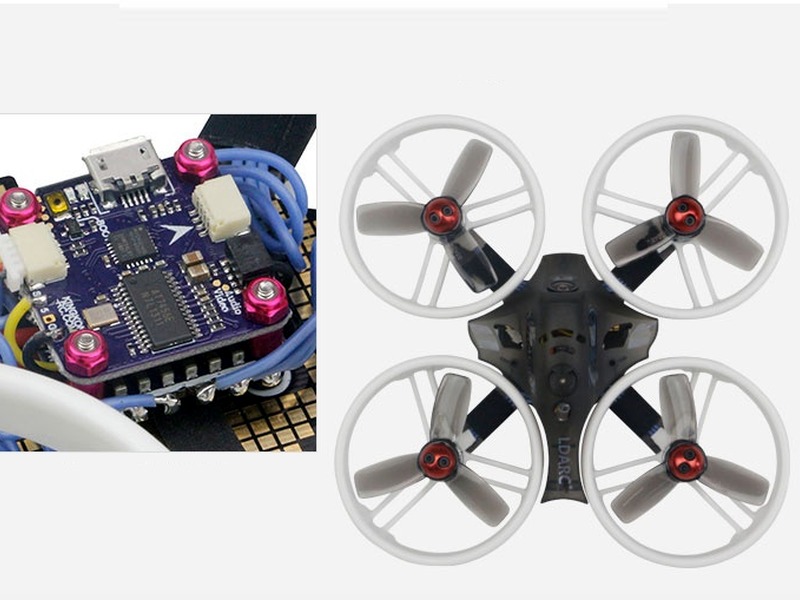Do FPV drones have obstacle avoidance?

Yes, FPV drones do have obstacle avoidance. This feature is becoming increasingly popular as more and more drones are being used for commercial and recreational purposes.
Obstacle avoidance is a feature that allows a drone to detect and avoid obstacles in its path. This is done by using sensors such as ultrasonic, infrared, and/or optical sensors. These sensors detect objects in the drone’s path and then the drone will take evasive action to avoid them.
The most common type of obstacle avoidance system used in FPV drones is ultrasonic sensors. These sensors emit sound waves that bounce off of objects in the drone’s path and then the drone will take evasive action to avoid them. This type of system is often used in racing drones as it allows the drone to maneuver around obstacles quickly and accurately.
Infrared sensors are also used in some FPV drones. These sensors detect heat signatures from objects in the drone’s path and then the drone will take evasive action to avoid them. This type of system is often used in search and rescue drones as it allows the drone to detect and avoid obstacles in low light conditions.
Optical sensors are also used in some FPV drones. These sensors detect objects in the drone’s path by using cameras and then the drone will take evasive action to avoid them. This type of system is often used in mapping drones as it allows the drone to detect and avoid obstacles in a variety of environments.
Obstacle avoidance is an important feature for any drone, especially those used for commercial or recreational purposes. It allows the drone to detect and avoid obstacles in its path, which can help to prevent collisions and other accidents.
In conclusion, yes, FPV drones do have obstacle avoidance. This feature is becoming increasingly popular as more and more drones are being used for commercial and recreational purposes. It allows the drone to detect and avoid obstacles in its path, which can help to prevent collisions and other accidents.
Comments / Question
2. Increased safety: Having obstacle avoidance on an FPV drone can help to minimize the risk of damaging your drone or injuring people as it can detect and avoid obstacles in order to reduce the chances of having a crash.
3. Improved situational awareness: Obstacle avoidance can provide great situational awareness to the drone pilot, allowing them to better assess their environment and make better decisions about their flight path and speed.
4. Faster flight times: FPV drones with obstacle avoidance can typically travel faster than traditional drones due to the fact that they can avoid obstacles and efficiently travel from one place to another.
2. Infrared Sensors: Infrared sensors are also used in obstacle avoidance systems for FPV drones. These sensors detect infrared radiation emitted by objects and use this data to calculate the distance between the drone and the object.
3. Camera-Based Systems: Camera-based systems are becoming increasingly popular in obstacle avoidance systems for FPV drones. These systems use a camera to detect objects and then use algorithms to calculate the distance between the drone and the object.
4. LIDAR: LIDAR (Light Detection and Ranging) is a type of laser-based obstacle avoidance system for FPV drones. It uses laser pulses to measure the distance between the drone and the object. This data is then used to calculate the distance between the drone and the object.

